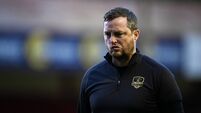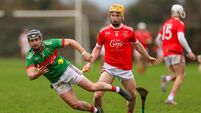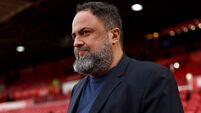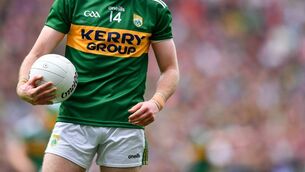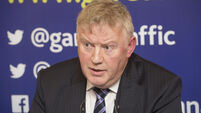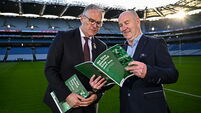Isn't sport a wonderful thing?: Our writers pick out the moments - and the people - who inspired us in 2019

As the curtain falls on 2019, we asked our writers to share the moment which encapsulated all that is good about sport this year. (See part 1 here)







